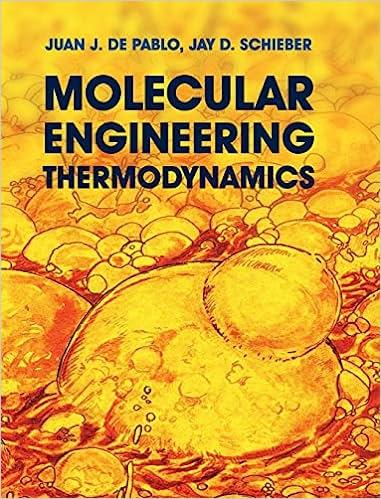Answered step by step
Verified Expert Solution
Question
1 Approved Answer
Q 2 . Biomass Energy Various forms of biodegradable waste from industry, agriculture, and forestry can also be converted to biogas through anaerobic digestion by
Q Biomass Energy
Various forms of biodegradable waste from industry, agriculture, and forestry can also be
converted to biogas through anaerobic digestion by microorganisms. An agrifood business
produces tonne per hour of waste at The owner is considering generating biogas
from the waste in an anaerobic digestor and combusting this biogas in a small reciprocating
internal combustion engine RICE to generate electricity for the business. The RICE
manufacturer stipulates that impurities in the biogas such as hydrogen sulphide and
ammonia are removed before combustion. The 'cleaned' biogas and excess air enter
the RICE at and atmosphere while combustion products exit the RICE at The
rate of heat loss from the RICE is estimated to be equal to the shaft power developed. The
electrical generator coupled to the RICE has an electrical efficiency of A sample of the
ovendry waste has an elemental composition by weight as a percentage of dry solids of
and of carbon, hydrogen, oxygen and nitrogen, respectively. The
remaining of dry solids is inert or ash The moisture content of the waste is while
of the dry solids are volatile. A welldesigned anaerobic digester aims at a minimum of
conversion of volatile solids to biogas.
Your task is to design and analyze the proposed wastetoenergy WtE system. Prepare a
"mass balance diagram" for the entire WtE system. Determine the biogas composition, the
theoretical biochemical methane potential of the waste, the required airfuel ratio for the
combustion of biogas in the RICE, the net electric power generated and the net electric LHV
lower heating value heat rate of the RICE.
marks

Step by Step Solution
There are 3 Steps involved in it
Step: 1

Get Instant Access to Expert-Tailored Solutions
See step-by-step solutions with expert insights and AI powered tools for academic success
Step: 2

Step: 3

Ace Your Homework with AI
Get the answers you need in no time with our AI-driven, step-by-step assistance
Get Started


